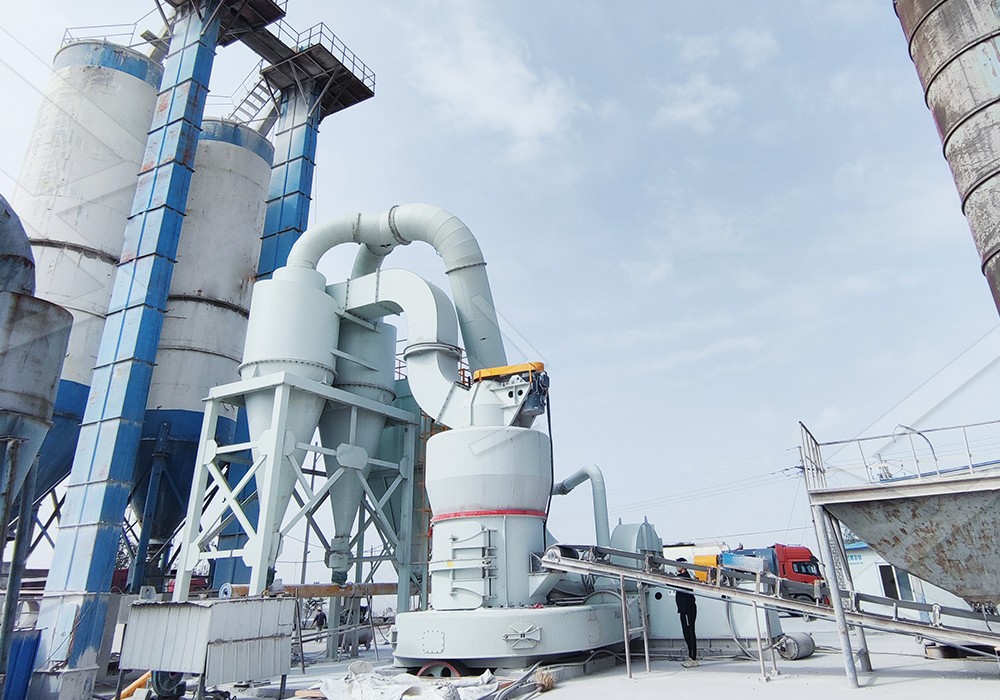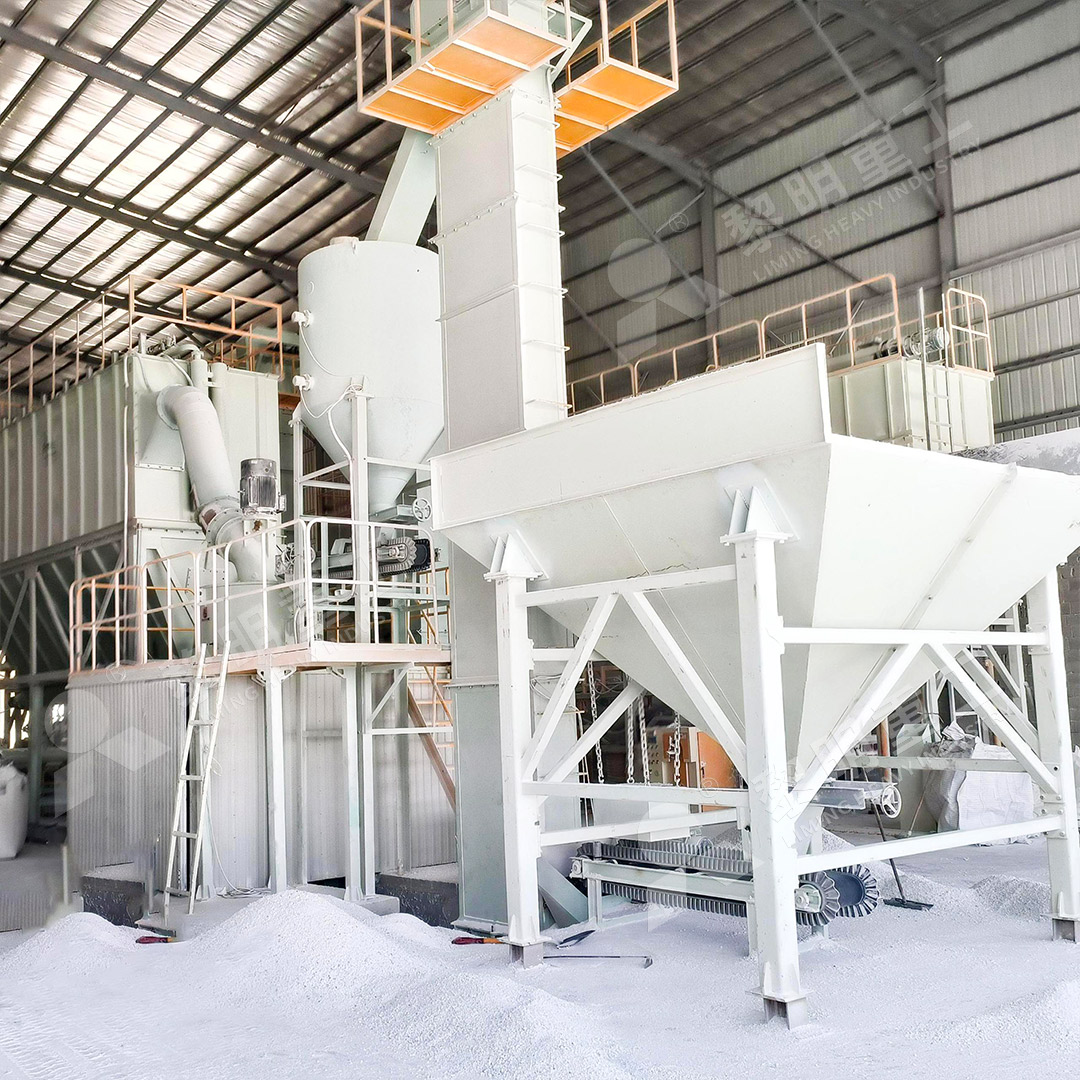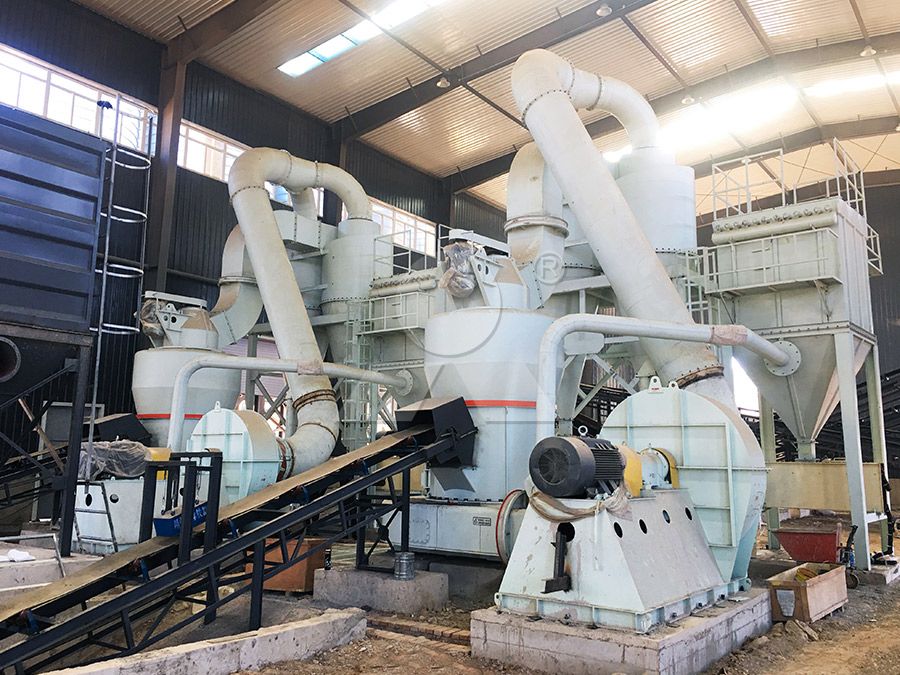Tailoring Treatment Methods for Efficient Fluorite Powder Production
Tailoring Treatment Methods for Efficient Fluorite Powder Production
In the world of industrial minerals, fluorite stands out as a critical raw material for numerous applications, from metallurgical fluxes to the production of hydrofluoric acid and optical lenses. The key to unlocking its value lies in the precise and efficient transformation of raw ore into a high-quality, consistently graded powder. However, not all fluorite deposits are created equal, and a one-size-fits-all approach to milling can lead to suboptimal yields, excessive energy consumption, and inconsistent product quality. The art and science of modern fluorite processing demand a tailored approach, selecting the right grinding technology based on the ore’s characteristics and the desired final product specifications.
The Grinding Challenge: Hardness, Purity, and Fineness
Fluorite (CaF₂) presents a unique set of challenges. Its moderate Mohs hardness (around 4) means it’s not the toughest mineral to break, but its inherent brittleness and the common presence of gangue materials like calcite and quartz require a milling solution that can deliver a clean separation and a controlled particle size distribution without introducing excessive contaminants. The target fineness can vary dramatically; for example, a coarse granule is sufficient for some metallurgical uses, while the production of high-performance ceramics demands an ultra-fine powder measured in microns.

Traditional ball mills, while robust, often struggle with efficiency in these applications. They can be energy-intensive, generate significant heat (potentially affecting material properties), and offer limited control over the final particle size distribution, often leading to over-grinding of softer components. This is where advanced, specialized milling technology becomes not just an option, but a necessity for profitable and sustainable operation.
The Precision Solution: MW Ultrafine Grinding Mill
For operations targeting the high-value, ultra-fine powder market, the choice of technology is paramount. This is where our MW Ultrafine Grinding Mill excels. This machine is engineered for customers who need to make ultra-fine powder with exceptional precision and efficiency. Its design adeuately addresses the core challenges of fine grinding.
A standout feature for maintaining product purity—a critical factor in fluorite value—is its innovative chamber design. There is no rolling bearing and screw inside the chamber, eliminating a primary source of mechanical wear and iron contamination. Operators are free from worries about damages on bearing or its sealing parts, and there is no machine damage problem caused by loose screws. This ensures the final powder has a low iron content, preserving its chemical integrity and color.

Furthermore, the MW Mill’s cage-type powder selector, which incorporates German technologies, allows for precise fineness adjustment between 325-2500 meshes. This means a single machine can be tuned to produce everything from a standard-grade powder to a superfine product with a sieving rate achieving d97≤5μm in a single pass. This flexibility, combined with a production capacity of 0.5-25 tph, allows producers to tailor their output perfectly to market demands without sacrificing throughput.
Beyond Fineness: Environmental and Operational Efficiency
Modern production isn’t just about what you make, but how you make it. The MW Ultrafine Grinding Mill is designed with this holistic view. It is equipped with an efficient pulse dust collector and muffler, which can reduce dust and noise significantly. The entire production process is contained and clean, operating fully according to national environmental protection standards. This not only protects workers’ health and the environment but also maximizes product yield by capturing all valuable powder.
From an operational standpoint, the mill’s design promotes higher yielding at lower energy consumption. Its newly designed grinding curves of grinding roller and grinding ring enhance grinding efficiency to the point where, with the same fineness and power, the production capacity is 40% higher than that of jet mills. This direct translation of kilowatts into product directly improves the bottom line.

Conclusion: A Strategic Investment
Selecting the right milling equipment is a strategic decision that dictates product quality, operational cost, and environmental compliance. For fluorite processors aiming for the premium end of the market, a generalized approach is insufficient. A tailored solution, like the MW Ultrafine Grinding Mill, provides the necessary precision, purity, and efficiency to transform raw fluorite ore into a consistent, high-value powder efficiently and sustainably. By investing in technology that aligns with specific mineralogical and market requirements, producers can secure a significant competitive advantage in an increasingly demanding global market.
